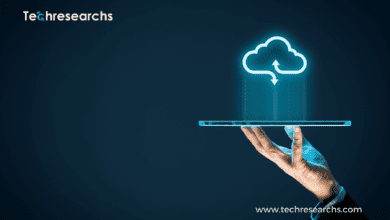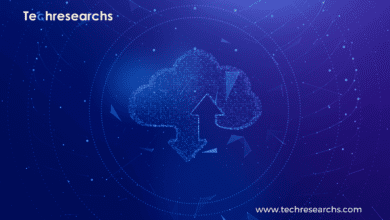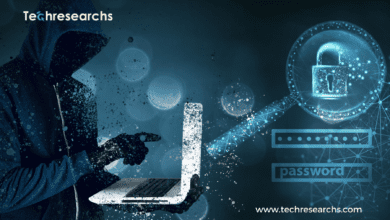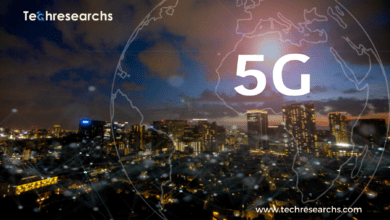How Lifi Technology Is Enabling Lightning-Fast Communication!
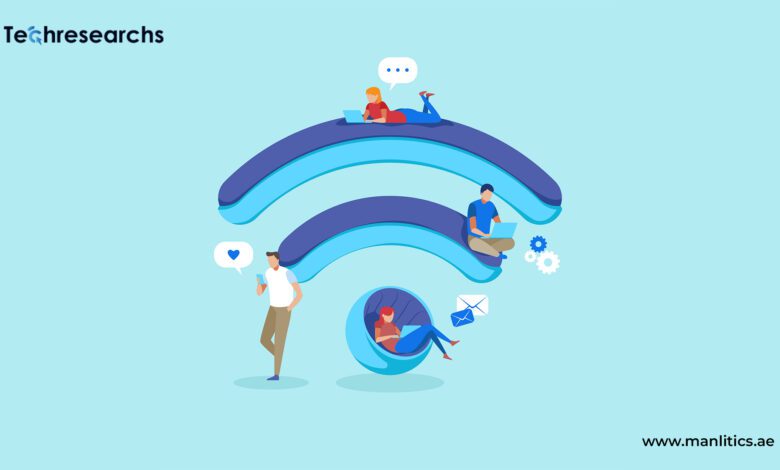

What is the LiFi Technology?
LiFi, also known as Light Fidelity, is a wireless, bidirectional communication method that uses infrared light to convey data.
All of us use remote controls, even on our cell phones, to operate appliances like fans, TVs, lights, and air conditioners. Similar technology underlies LiFi, which transmits data via LED.
Technology started to change the data communication sector after its 2011 introduction. By using light waves to transmit internet signals, LiFi removes obstacles to connections.
Because WiFi uses radio frequencies to send signals, we frequently run into several problems when utilizing it. Because of this, the bandwidth that our services offer is insufficient for data transmission.
Posts with the phrase “I’m tired of WiFi, it’s poor and pricey” are common. To use my gadgets and transfer files, I need a speedier connection.
LiFi enables the modification of such situations. LiFi offers a detailed picture of the shortcomings of radio frequency-based internet transmitting devices.
You can enter a new world with a technology that uses LEDs and infrared lights to improve wireless communication.
You can therefore anticipate overcoming the issues caused by your subpar WiFi and getting quicker internet at a reasonable price.
In a 2015 TED Talk, Harold Haas initially shared the idea of LiFi with the world. He gave an audience from all over the world an overview of the general advantages and features of LiFi.
COVID-19 has demonstrated how reliant we are on the internet and technology, he claimed, thus you need quicker internet to function today.
So, to share data, we need a cheap and free energy source. You can gain from LiFi in this situation because the technology enables instantaneous information sharing throughout the globe.
Haas added that the world’s expanding need for networks and information technology can be supported by the current infrastructure.
Why is LiFi beneficial? LiFi uses light, therefore it can transport data utilizing indoor and outdoor lighting as well as outdoor lighting from the sun.
Therefore, all you need to do is turn on the lights in your room to start using the quick internet. Great! Is it not?
To put it another way, LiFi can transmit data using the light frequencies emitted by the Sun and other light sources. LiFi thus offers the world’s next generation of communication.
Just imagine that you are sharing a file while the LiFi is employing light pulses that are even faster for humans to detect.
Directly transferring the data from an LED source to a silicon photodiode. The most recent technology is this. Furthermore, binary codes are used to format the data that is encoded in LiFi.
It will assist you in avoiding potential data leaks and hackers. It is so evident that LiFi is superior to your outdated WiFi because LiFi’s transfer speed is even faster than that of radio frequency-based technology.
LiFi can achieve 8GBPs of speed from a single light source, whereas WiFi is unable to deliver even 900MBPs of bandwidth via a radio frequency.
As a result of the need for machine connectivity and the Internet of Things, LiFi has the potential to change the game for a worldwide audience (IoT).
Because LiFi uses fewer parts and electricity, it is also more cost-effective. These features allow LiFi to be even more suitable for middle-class and lower-class people and enable them to access faster data transmission.
LiFi may thus be made possible by the rising need for IoT services and quicker data transmission technologies.
Furthermore, LiFi is advantageous since it uses light, which cannot penetrate through opaque materials. Because of this, your data will be completely secure and unable to be viewed by anyone outside the data-embedded area where light is beaming.
You will therefore be protected from any hackers, yet therein lays LiFi’s main flaw:
Delivery of Data Through Line of Sight:
We are all aware of how irritating, slow, and unreliable WiFi is when it comes to security. On the other side, LiFi is faster and more structured, but it struggles to read light pulses.
While the readings of the awaiting devices, the lights may never encounter a barrier. Modulators transmit the received data through the LED lights using fiber optic connections.
Although maintaining it in a public location can be a hassle, it can be handy for offices and residences. Another difficulty is using LiFi to transfer data on an IP address outside of its broadcasting range.
Therefore, it will take a little longer for LiFi technology to advance. A paradigm shift in LiFi’s security and quality to give improved universal data may be possible.
The techniques used for delivering data will transform thanks to LiFi, the next generation of communication. So, the secret to success may be patience.
